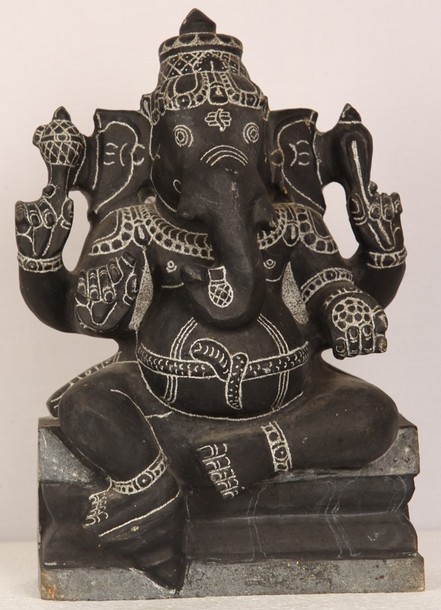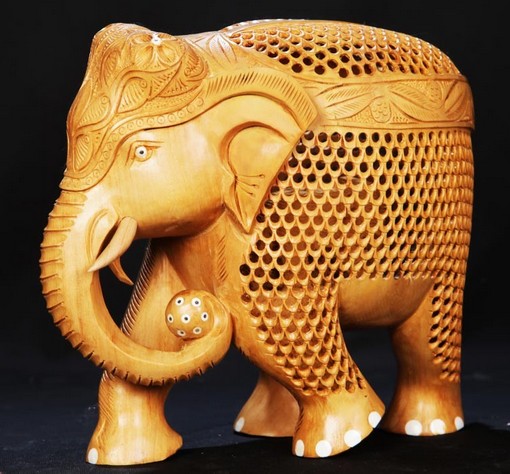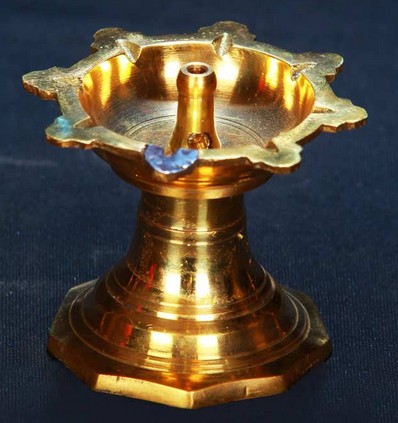Handicrafts are an expression of the heritage, culture and tradition of a country or region. Handicrafts are products that are actually made with hands or by means of hand held small tools. Handicrafts include products made of paper, textile, plant fibres, mud, fruits etc.
Handicrafts have their roots in rural crafts. Mostly these crafts have been in practices for centuries in a particular region. The community makes its living through these crafts. The creativity and skillfulness of the artisan is showcased in each product that he makes. There is no mass production, as creating a product with hand takes time. Each handicraft product is different. However, some people seem to steer away from handicrafts as they are more expensive than machine made goods.
The modernization and mechanization of the economy was a big blow to the handicraft industry. The economic turnaround with low priced products had people clamoring for it. Many began to view handicraft as a backward form of production. Unlike the handicraft industry, machine made goods were similar. A large number of people discontinued their crafts looking for other employment for sustenance. It also led to large-scale urban migration.
Most people working in the handicraft sector work in tune with nature. Even today, they work out of their villages and practice environmental sustainability. Many of the handicraft products are artistic representation of images that the artisans see in their surroundings. Each handicraft has a story or an ideology attached to it.
Today governments and other non-government organizations are recognizing the importance of handicrafts as a means of preserving the cultural and traditional heritage of their country and its regions. They are encouraging the export of handicraft items to spread the awareness of the unique culture of their country. They have initiated training programs, exhibitions, and awards to encourage and promote the handicraft industry. It helps to keep the art and practices intact.
Buying handicrafts helps to provide employment to a large number of artisans who know no other skill and are finding it difficult to make a living. It also helps to preserve many arts and skills that would otherwise be buried under the load of modern means of production. It is also a mean of eradicating poverty in many regions.
Today buying handicrafts also helps in empowering womanhood. Traditionally women in most regions did not work or get into making handicrafts. They were relegated to work in the house when even men folk found it difficult to make a livelihood. This created utter poverty. Today organizations are teaching women groups in villages and remote areas to create handicrafts so that they can make a living and empower themselves.
Buying handicrafts helps to promote talent and skills of various regions that would otherwise die off for the want of patrons. In spite of handicrafts being slightly expensive, people should be encouraged to buy them as these products represent the hard work and skill of artisans who help to keep the art and culture of the country alive. Promoting handicrafts offshore creates a medium for foreign earning as well.






